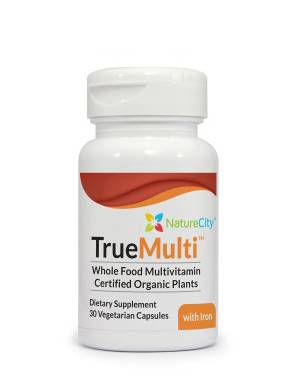डिस . 30, 2024 23:33 Back to list
Comparative Guide to PVC and PPR Pipes and Their Fittings for Various Applications
Understanding PVC and PPR Pipes and Fittings A Comprehensive Guide
In the bustling world of plumbing and construction, the choice of materials plays a pivotal role in determining the efficiency, durability, and cost-effectiveness of any project. Two of the most commonly used materials for pipes and fittings today are Polyvinyl Chloride (PVC) and Polypropylene Random Copolymer (PPR). Both of these materials have distinct characteristics that make them suitable for various applications, and understanding their features, advantages, and limitations is crucial for making informed decisions.
What are PVC Pipes and Fittings?
PVC pipes are made from a synthetic plastic polymer known as polyvinyl chloride. They are widely recognized for their versatility, strength, and resistance to environmental factors, which makes them a popular choice for a myriad of plumbing applications. PVC fittings, designed to connect and redirect pipes, come in various shapes and sizes, including elbows, tees, and couplings.
Advantages of PVC 1. Durability PVC is inherently resistant to corrosion and chemical damage, ensuring a long service life even in harsh conditions. 2. Lightweight The lightweight nature of PVC makes it easier to install and transport. 3. Cost-Effective Generally, PVC pipes and fittings are more affordable compared to other materials like copper or steel, offering great value for money. 4. Low Maintenance Due to its non-reactive nature, PVC requires minimal maintenance over the years.
Limitations of PVC While PVC has many advantages, it is not without its drawbacks. It can become brittle in extreme cold and may have issues with high-temperature applications, typically above 60°C (140°F). Additionally, its performance can be affected by prolonged exposure to sunlight unless it is UV stabilized.
Exploring PPR Pipes and Fittings
PPR, or Polypropylene Random Copolymer, is another modern material gaining popularity for plumbing applications. Often found in hot and cold water systems, PPR pipes and fittings are known for their robust structure and energy efficiency.
pvc ppr pipes and fittings

Advantages of PPR 1. Temperature Resistance PPR is designed to withstand high temperatures, making it suitable for hot water applications. It can effectively handle water temperatures up to 95°C (203°F). 2. Chemical Resistance Similar to PVC, PPR pipes display excellent resistance to a wide variety of chemicals and can be used in diverse industrial applications. 3. Long Lifespan PPR systems can last for over 50 years without significant deterioration, making them a reliable choice for both residential and industrial usage. 4. Environmental Impact PPR is recyclable, contributing to sustainability efforts in the plumbing industry.
Limitations of PPR One limitation of PPR pipes is that they can be more expensive than their PVC counterparts. Additionally, proper installation requires specialized tools and techniques, particularly thermal welding, which might increase labor costs.
Applications of PVC and PPR
Both PVC and PPR are used in different plumbing and construction applications. PVC pipes are widely used for drainage, waste, and vent systems, as well as irrigation setups. Meanwhile, PPR pipes are favored for hot and cold water supply, heating systems, and even chemical transportation in industrial settings.
Conclusion
In the end, the choice between PVC and PPR pipes and fittings should depend on the specific requirements of your project. While PVC offers a cost-effective solution with numerous applications, PPR stands out in high-temperature environments and durability. By considering factors such as temperature, chemical exposure, and installation methods, you can make an informed decision that best meets your needs.
Investing in the right pipes and fittings not only ensures the longevity and efficiency of your plumbing system but also contributes to the overall success of your construction project. Whether you choose PVC or PPR, understanding the strengths and limitations of each material empowers you to select the most suitable option for your specific requirements.
-
Durable PP Rigid Sheet: Lightweight, Chemical Resistant Solutions
NewsAug.21,2025
-
PVC Grey Sheet for Extraction: Chemical Resistant & Durable
NewsAug.19,2025
-
Durable PVC Pipe Fittings for Plumbing & Irrigation Needs
NewsAug.18,2025
-
HDPE Steel Belt Reinforced Spiral Corrugated Pipe | High Strength
NewsAug.17,2025
-
HDPE Pipe Fittings: Durable, Leak-Proof Solutions
NewsAug.16,2025
-
Premium CPVC Sheet: High-Temp & Chemical Resistant Solutions
NewsAug.15,2025

